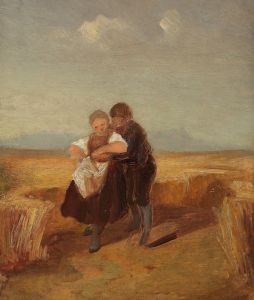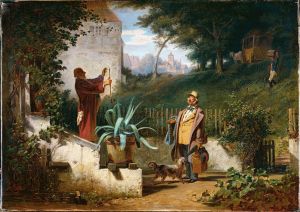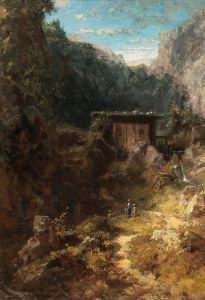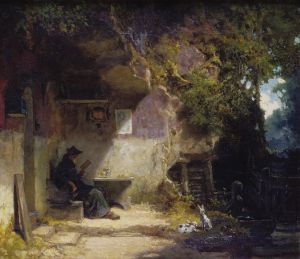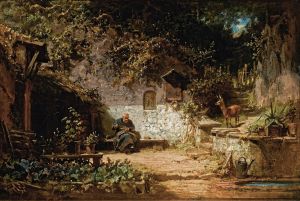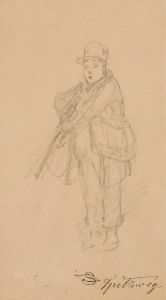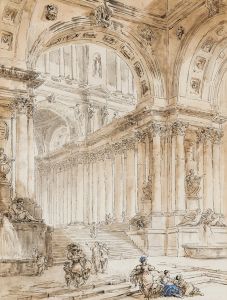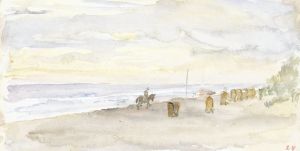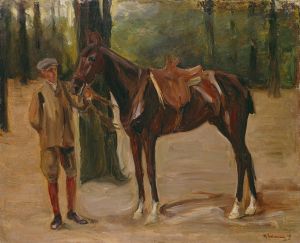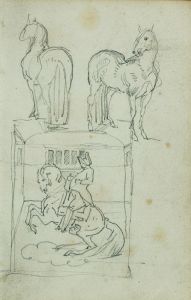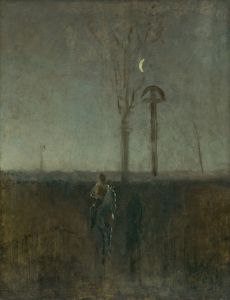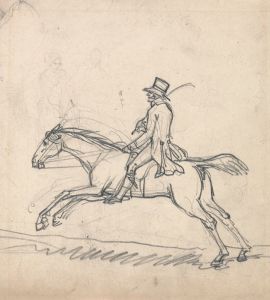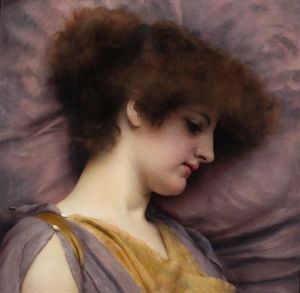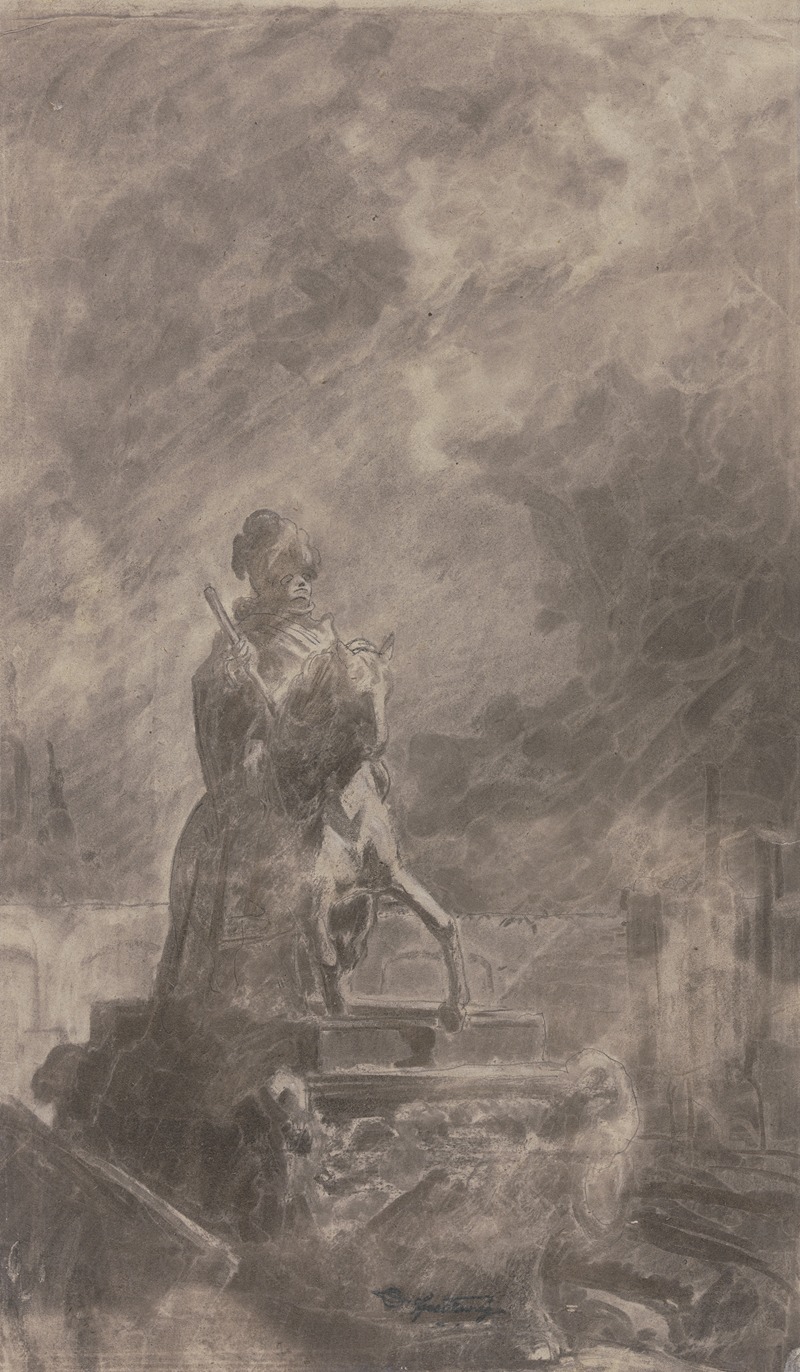
Equestrian monument
A hand-painted replica of Carl Spitzweg’s masterpiece Equestrian monument, meticulously crafted by professional artists to capture the true essence of the original. Each piece is created with museum-quality canvas and rare mineral pigments, carefully painted by experienced artists with delicate brushstrokes and rich, layered colors to perfectly recreate the texture of the original artwork. Unlike machine-printed reproductions, this hand-painted version brings the painting to life, infused with the artist’s emotions and skill in every stroke. Whether for personal collection or home decoration, it instantly elevates the artistic atmosphere of any space.
Carl Spitzweg's "Equestrian Monument" is a notable work by the German Romantic painter and poet, Carl Spitzweg, who is best known for his genre scenes depicting the everyday life of the 19th century. Spitzweg was born on February 5, 1808, in Unterpfaffenhofen, Bavaria, and he initially pursued a career in pharmacy before turning to art following a period of illness. His self-taught artistic journey led him to become one of the most beloved artists of his time.
"Equestrian Monument" reflects Spitzweg's characteristic style, which often includes a blend of humor, detailed observation, and a touch of sentimentality. The painting captures a moment in a quaint, possibly Bavarian town, where an equestrian statue stands prominently in a public square. Spitzweg's attention to detail is evident in the careful rendering of the statue, the surrounding architecture, and the figures that populate the scene.
The equestrian statue itself is a focal point of the composition, typically representing a historical or mythical figure, though the exact identity of the figure in Spitzweg's painting is not specified. The monument is depicted with a sense of grandeur, yet the scene around it is filled with the mundane activities of daily life, creating a contrast that is both charming and thought-provoking. This juxtaposition is a hallmark of Spitzweg's work, highlighting the coexistence of the monumental and the everyday.
Spitzweg's use of light and color in "Equestrian Monument" is particularly noteworthy. He employs a warm palette that brings a sense of coziness and nostalgia to the scene. The light appears to gently bathe the statue and the surrounding buildings, creating soft shadows and a harmonious atmosphere. This technique not only enhances the visual appeal of the painting but also contributes to its narrative quality, inviting viewers to imagine the stories of the people depicted.
The figures in the painting are rendered with a keen eye for character and individuality. Spitzweg often infused his scenes with a sense of narrative, and "Equestrian Monument" is no exception. The townspeople, engaged in various activities such as conversing, walking, or simply observing the statue, add life and movement to the composition. Their presence underscores the relationship between the monument and the community, suggesting themes of memory, history, and the passage of time.
Carl Spitzweg's works, including "Equestrian Monument," are celebrated for their ability to capture the essence of 19th-century bourgeois life with wit and affection. His paintings often reflect a gentle critique of society, wrapped in a veneer of humor and charm. Spitzweg's legacy as an artist lies in his unique ability to find beauty and significance in the ordinary, making his work resonate with audiences both in his time and today.
"Equestrian Monument" remains an exemplary piece within Spitzweg's oeuvre, showcasing his skill in composition, his mastery of light and color, and his talent for storytelling through art. The painting continues to be appreciated for its artistic merit and its insightful portrayal of the interplay between public monuments and the lives of everyday people.





